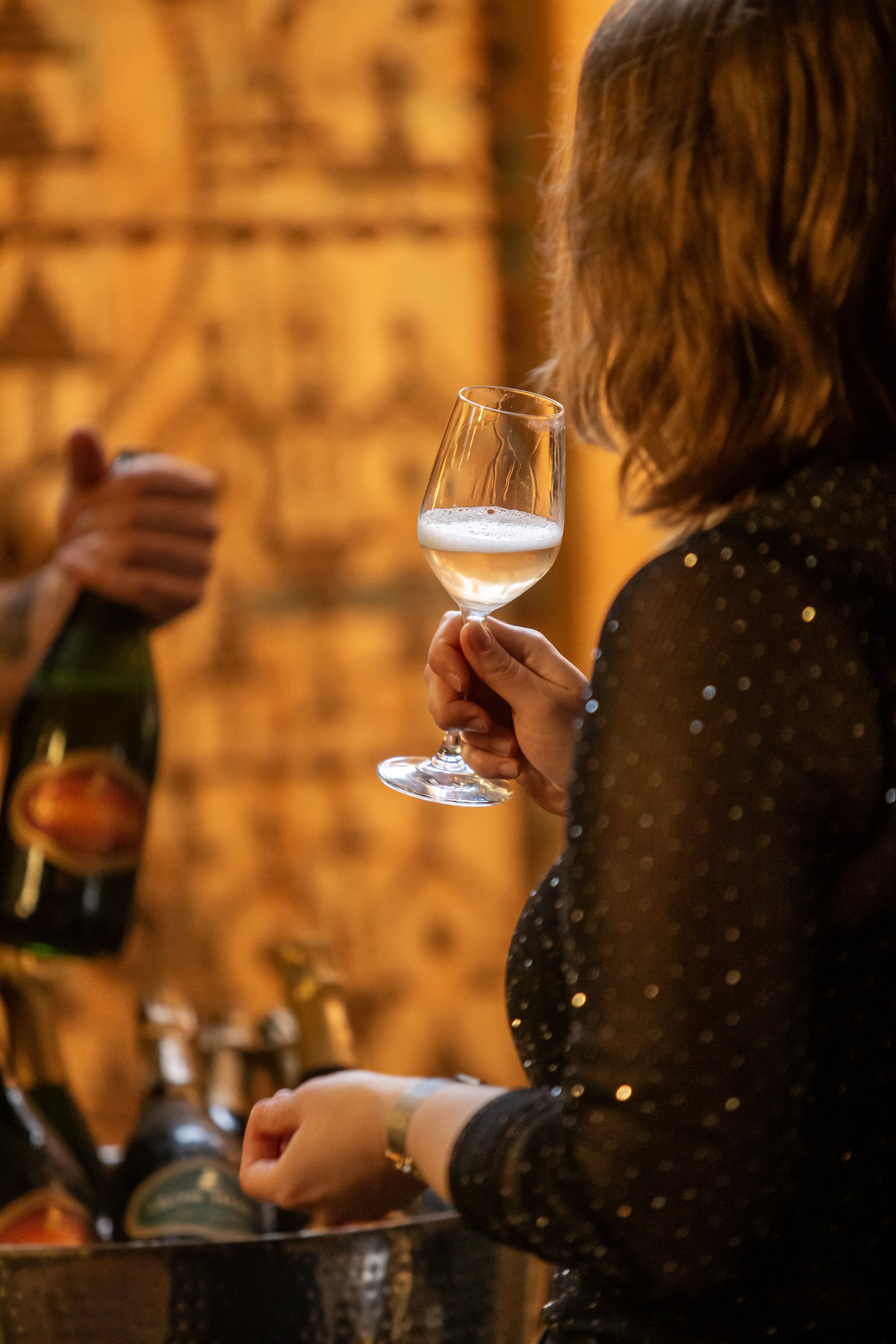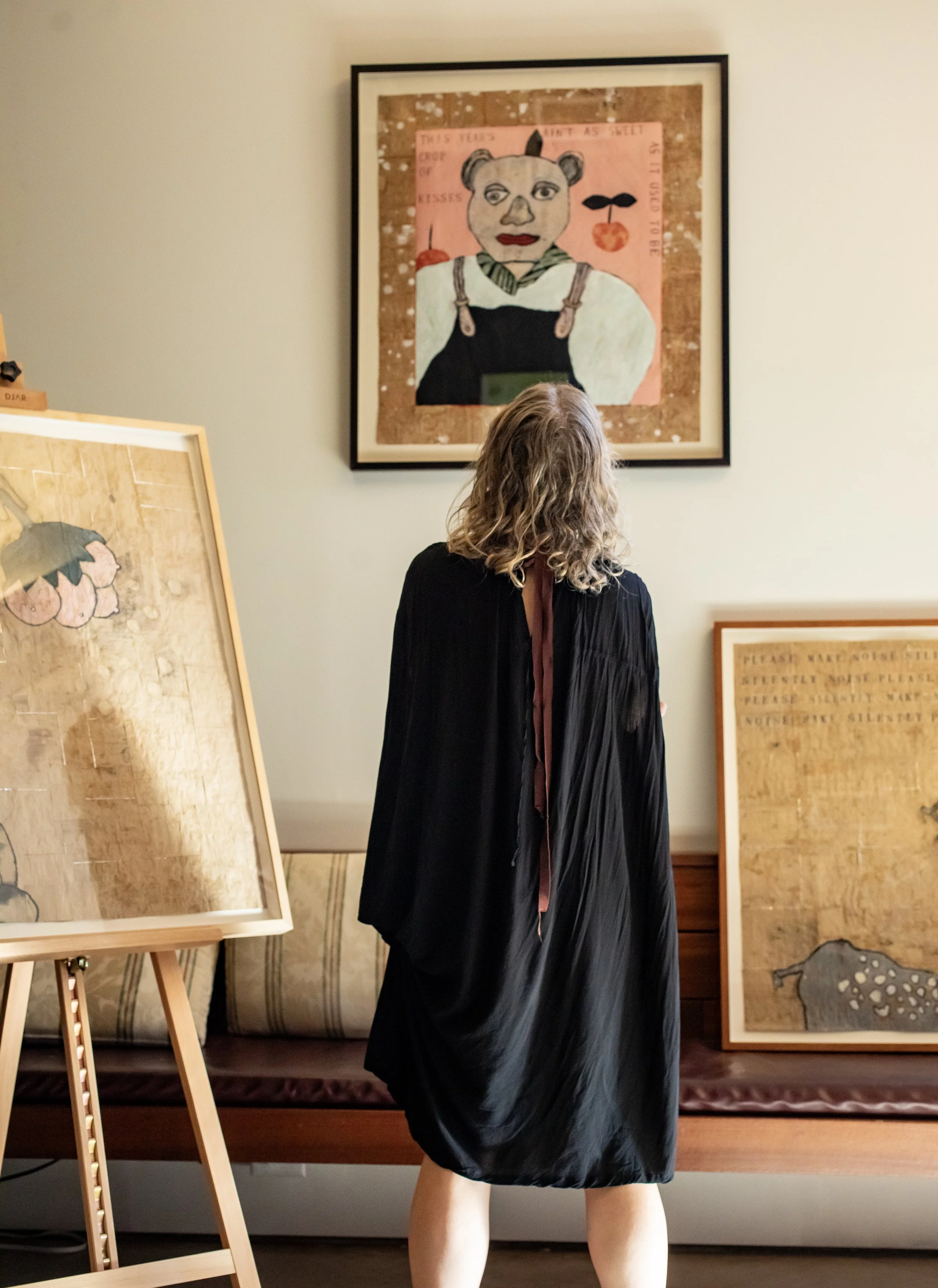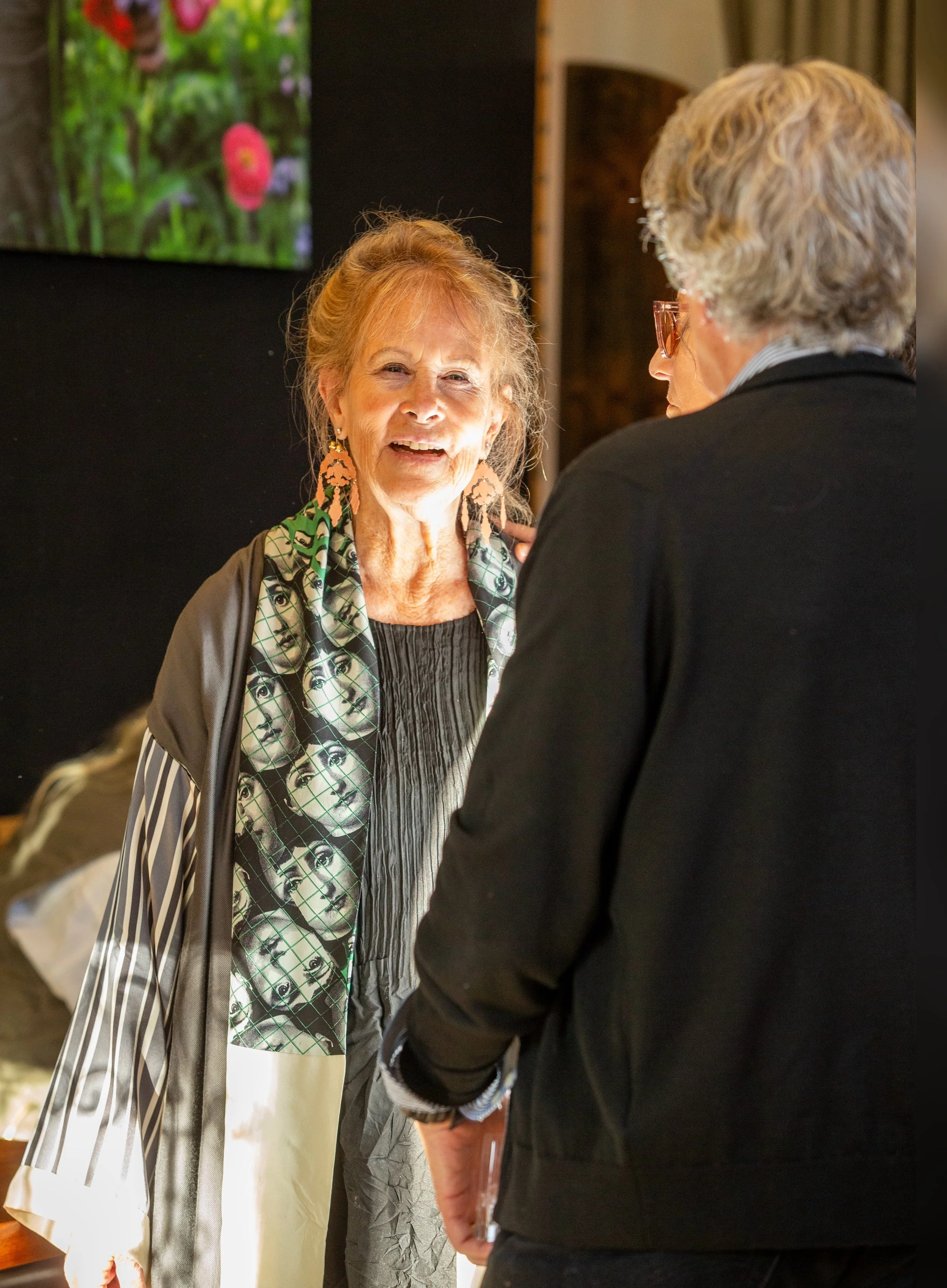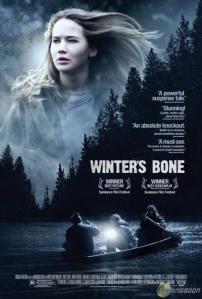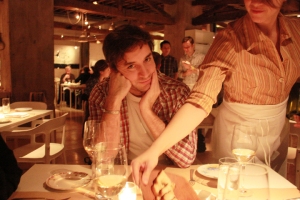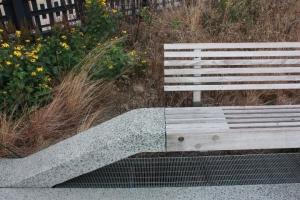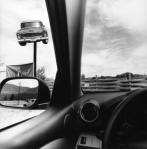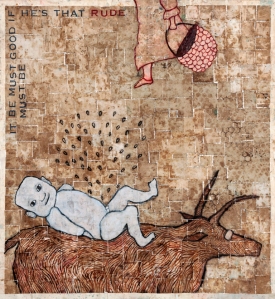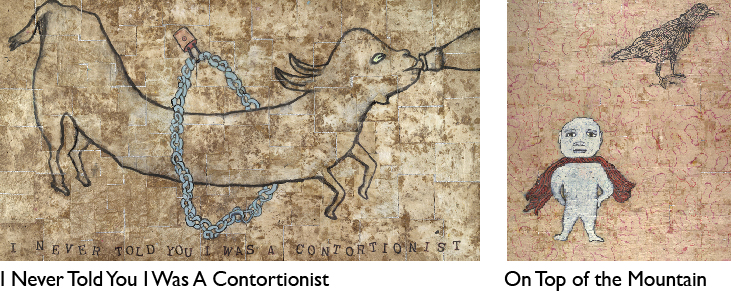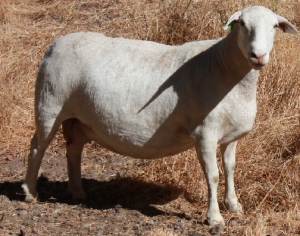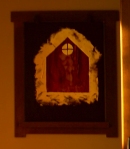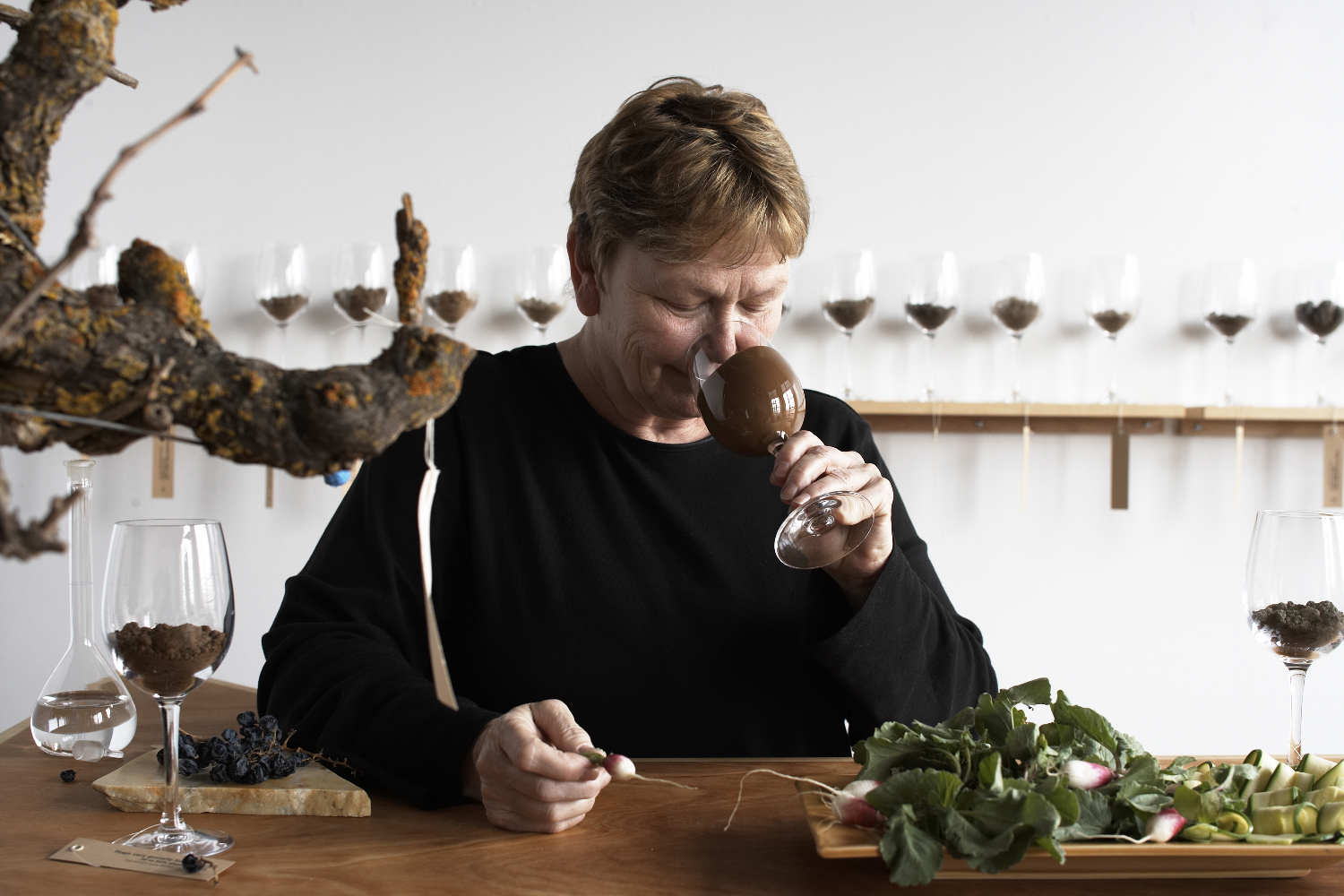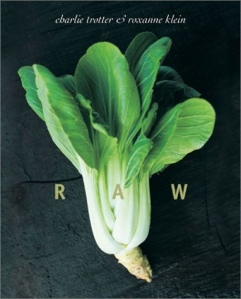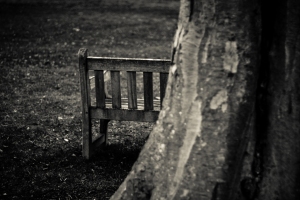The gift of perspective with age
We don’t talk enough about the upsides of old age, which is a great shame. While we go on and on about getting as much as we can from every minute of our lives, devote books and podcasts and practices on how to ‘hold the moment,’ when it comes to aging, too often fear replaces reverence for the lives we can still live as we age. The truth is that all of life, not just youth and middle age, is a blink and you miss it experience. And unlike those other phases of our time on this planet, getting old brings with it the potential of illuminating perspectives, especially if you have been paying attention. Another huge plus- there is a palpable relief in allowing yourself to finally let go of the insatiable need to fill your life with things, and diversions, all that ‘stuff’ you come to realize with age - thanks again to that hard won perspective - do not in themselves bring resonant joy or happiness.
The obsession to deny our aging minds and bodies their agency ignores the fact that our mental and physical health can be fragile at any stage of life- none of us really knows what’s coming. Resilience is the skill set we should be focused on, not clinging onto being young, which is monetized non-stop starting from an age when we are in fact still biologically young! Learning to accept the inevitability of age with intelligence, with grace, is what could be driving more of us to live meaningful lives… before and certainly after we get there.
Towards the end of our lives there is great relief to be found in sitting back on your heels, and basking in the glow of your life’s accomplishments.
It helps, of course, to have accomplishments you can be proud of - even better if they are acknowledged by the tribe.
Gathering Healdsburg’s Artists, Farmers & Makers
On Sunday Sept 14, a very special tribe gathered in Barndiva to celebrate the publication of “In Ghost Time, The Art and Stories of Susan Preston, her remarkable compendium filled with joy and mischievous humor that could only have come out of a long and glorious life, lived with intent. Much has been written about Lou and Susan Preston over the years, their farming life in Dry Creek Valley where they raised glorious vegetables, fruits, nuts, animals, made olive oil, bread, organic wines, all while supporting the growth of a Sonoma County regenerative food shed. Less known is that for all those years, quite a bit before, and while raising a family, Susan Preston never stopped writing and painting, accumulating a remarkable body of work that is now gathered between the pages of this new book. ‘In Ghost Time’ is a record of a life lived fully, infused with kindness, wit, few regrets, no apologies. It is also a heroic endeavor, as the making of the book was the lifeline she used to pull herself out of a very difficult couple of years when her health, indeed her life, was precarious. That she has come out the other side with this magnificent accomplishment was cause for celebration.
Celebrate she did, with her family and a very special community —a veritable who’s who of artists, farmers, and visionaries who have helped make Healdsburg the celebrated destination it is today. Legacy leaders mingled with those still shaping the town’s creative spirit: Bonnie Z of Dragonfly Farm and Floral; Carrie Brown, founder of Jimtown; Cindy Daniels and Doug Lipton, founders of the acclaimed gathering place The Shed; Yael Bernier of Bernier Farms; Dawnelise Rosen, formerly of Scopa and Campo Fina and now executive director of FARMpreneurs; Manok Cohen of Gallery 205; Carol Vena-Monte of the 428 Collective; Laura Parker of Laura Parker Studio, (who exhibited at Barndiva’s opening alongside Susan); Jessica Martin of Jessica Martin Art and the 428 Collective; Barbara von Wollner of BVW Art; Colleen McGlynn and Ridgley Evers of DaVero Farms & Winery; Marci Ellison of Art Farm; Ray Dagischer of Country Industrial; Suzanne & Chris Blum (Blum Box Art); Christina Hobbs of the 428 Collective; Kirsten Petrie of Yarn Paper Print Studio; Marcia Brauer of Preston Family Farm; and of course Francesca Preston, poet, and Maggie Preston of Maggie Preston Studio, Susan’s beloved daughters.
Susan floated through her opening on Sunday with self assured grace, signing books until it was time for a mesmerizing reading to the group assembled beneath the Mulberry Trees in our garden. On this sunny, perfect summer afternoon, in the heart of a splendid community we all helped foster, there was profound admiration for this singular woman. For her art, her honesty, and her resilient spirit.
Working on this book with Susan for the past two years I’ve taken away a great many lessons- not least that old age can be a season of abundance. Would that we all lived lives as fully as she has, with purpose and rootedness. To have an abiding passion for something so fully that when we look back we feel the quiet satisfaction of having become who we were meant to be.
Buy the book! You can find it on Susan’s page @PrestonFarmandWinery.com.

